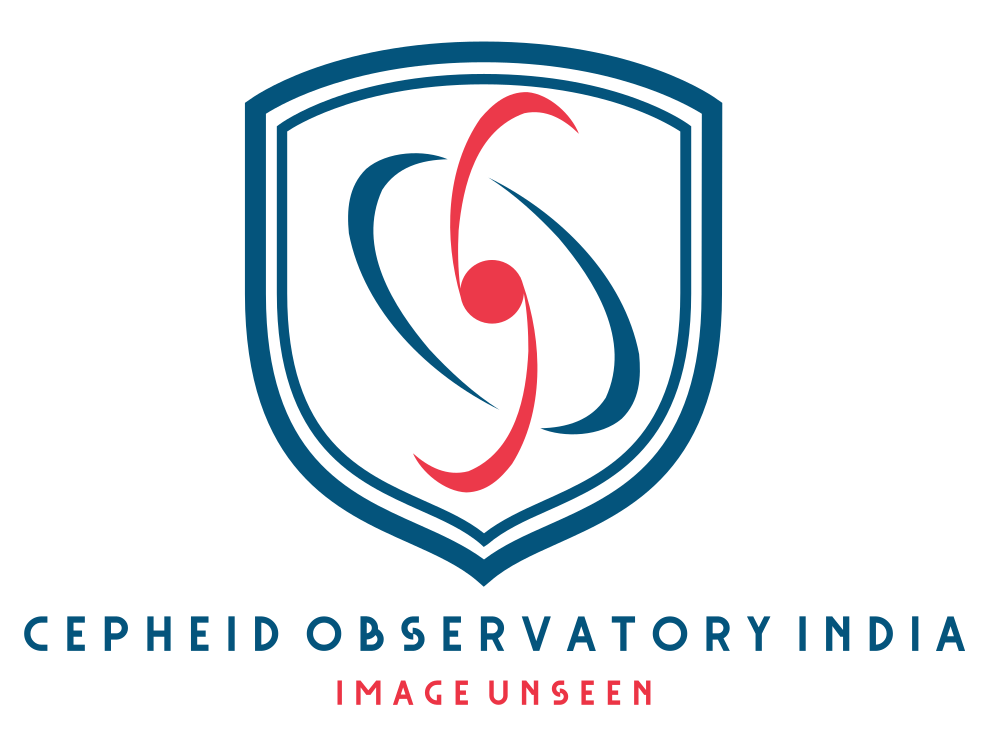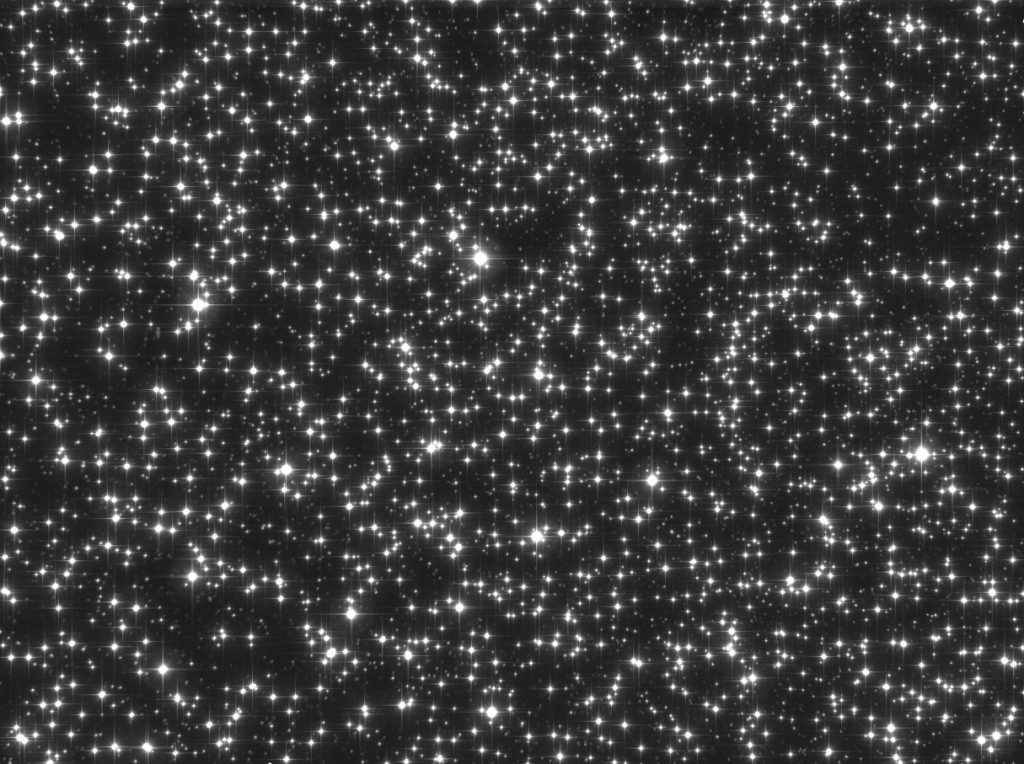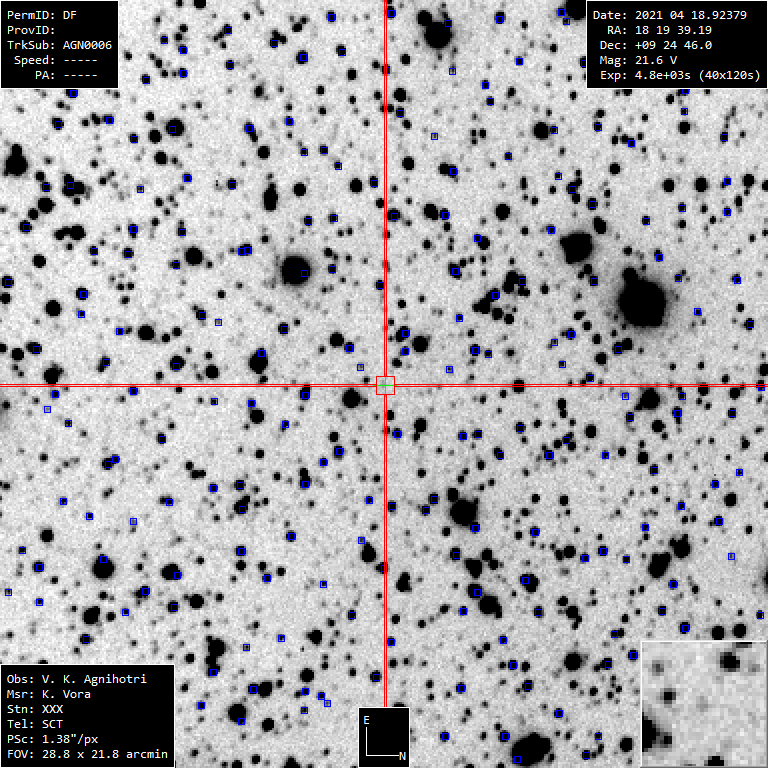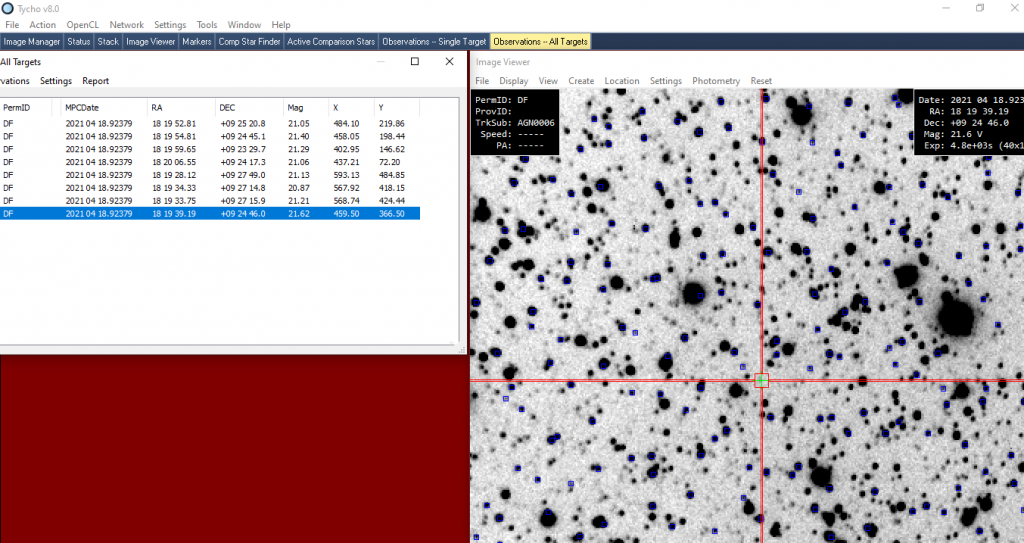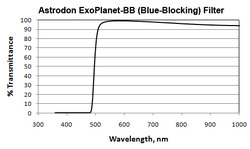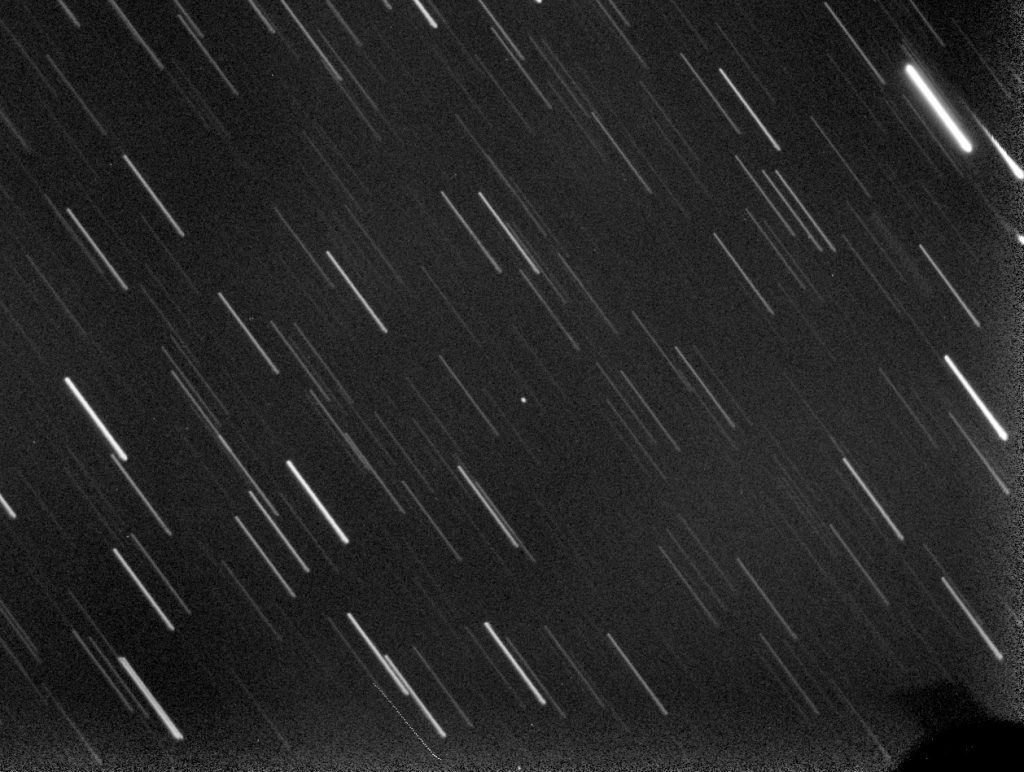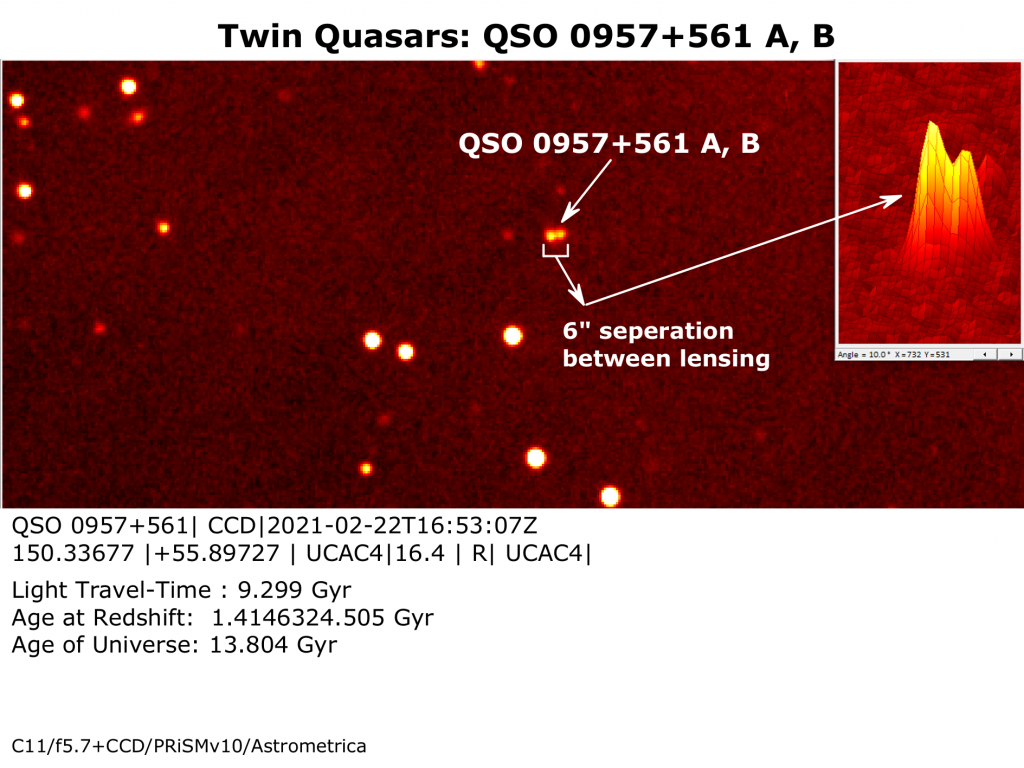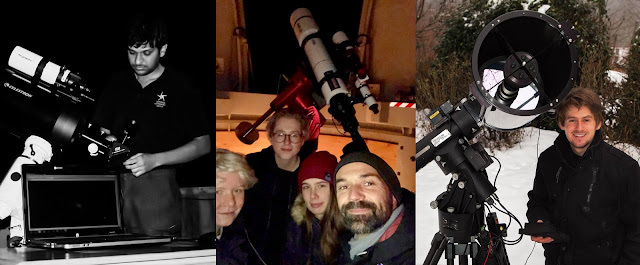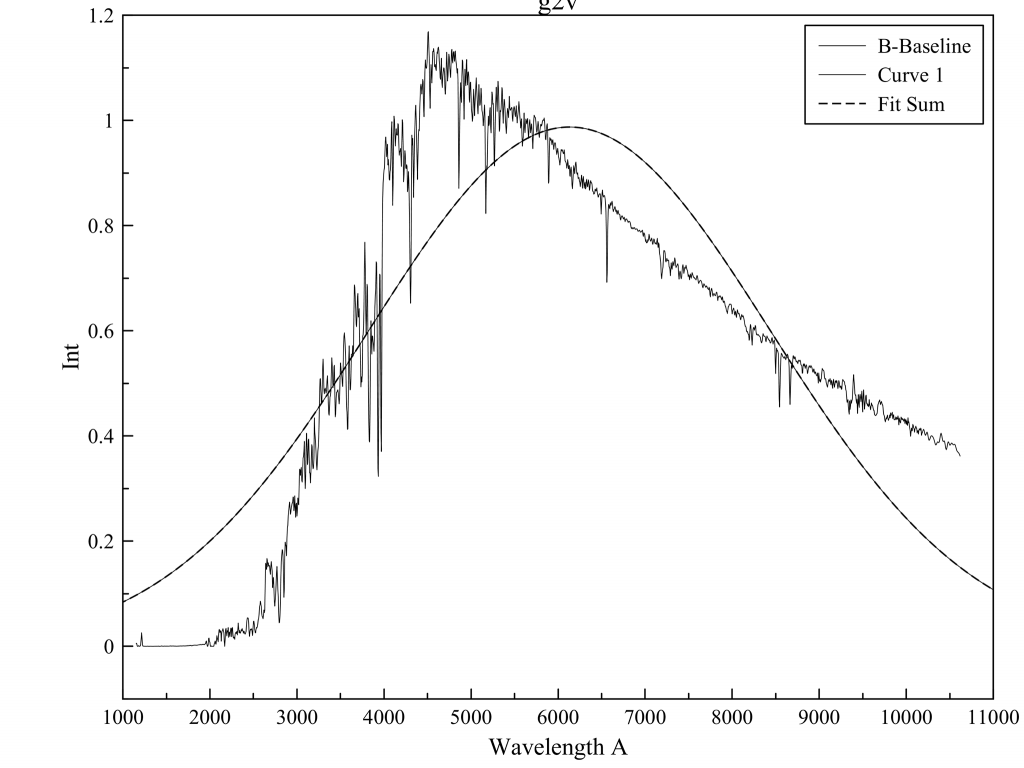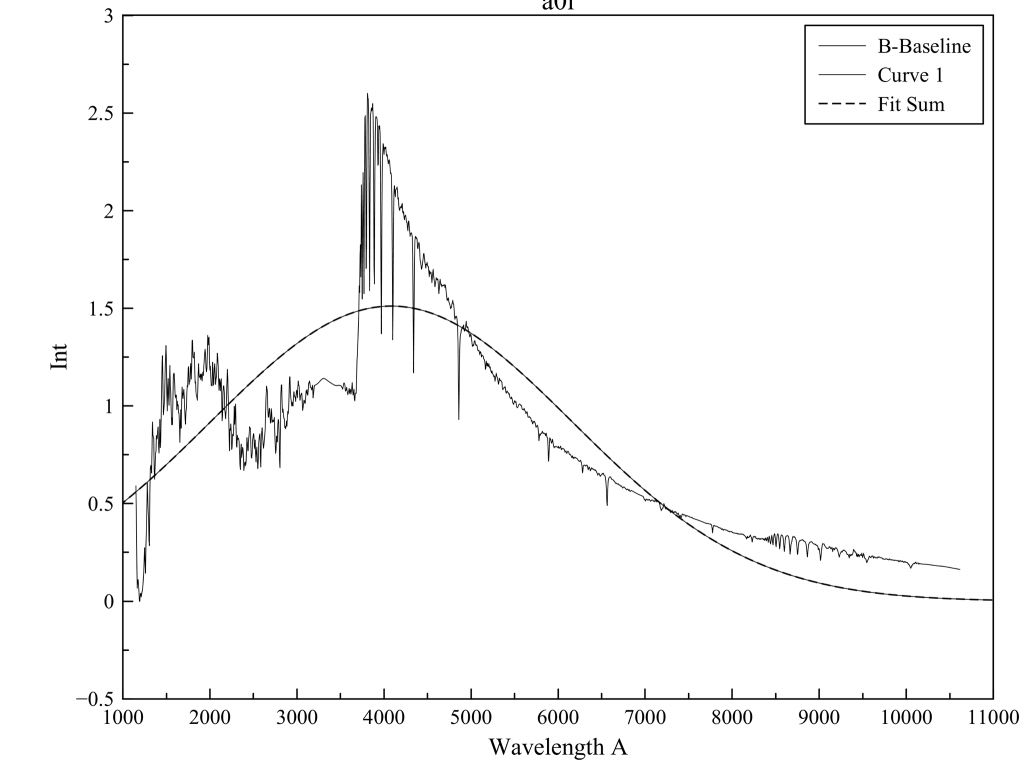Dr. Shirsh Lata Soni worked in solar and space physics, APS University, MP, India. Here in this blog, she explains and light on the solar explosion and their geo-effectiveness.
She says:
We have been taught from childhood that the Sun is our parent star and it is a fireball with millions of Kelvin temperature. The Sun loses about 4 million tons of mass in the form of energy during nuclear fusion and about 1.5 million tons of mass each second, in the form of solar wind and other eruptions. However, the Sun has lost less than 0.1 percent of its mass since it was formed, 4.5 billion years ago.
The Sun emits energy in a huge range of electromagnetic waves: from X-rays (solar flares) to radio waves (solar radio bursts). Thus, it is difficult to study the energy emitted from the sun in any one fixed band. Most extensively explosive phenomena on Sun are known as Coronal Mass Ejection (CME). One of the most important reasons to study CMEs is that they are amongst the major drivers of what is known as space weather – a series of phenomena, disturbances, and technical failures that are caused by solar events Figure 1.

Figure 1. Examples of ways in which space weather can affect Earth and its infrastructure. Image courtesy: Space Weather Forecast Centre, Japan
CMEs are huge and spectacular clouds of magnetic field and plasma that regularly erupt from the Sun and propagate throughout the interplanetary medium. Forecasting CMEs and their impact on Earth, however, is not as straightforward as it may seem. Firstly, as each CME is characterised by its own latitudinal and longitudinal extent, it is important to determine whether a CME will impact Earth at all (which is known as the hit/miss problem). Coronal mass ejections (CMEs) that appear to surround the occulting disk of the observing coronagraphs in skyplane projection are known as halo CMEs (Howard et al., 1982). Halo CMEs are fast and wide on the average and are associated with flares of greater X-ray importance because only energetic CMEs expand rapidly to appear above the occulting disk early in the event. Halos with their sources within ±45◦ of the central meridian are known as disk halos, while those with a central meridian distance (CMD) beyond ±45◦ but not beyond ±90◦ are known as limb halos, See Figure 2 and Figure 3.
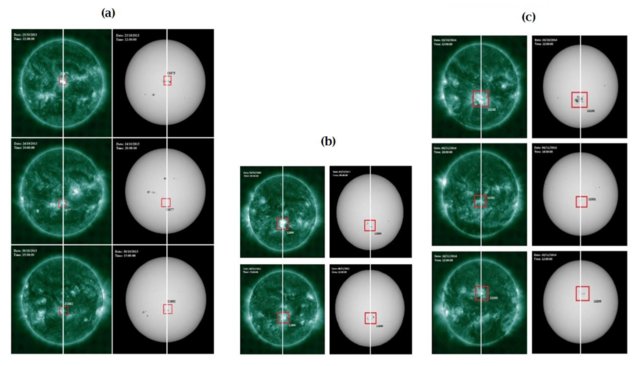
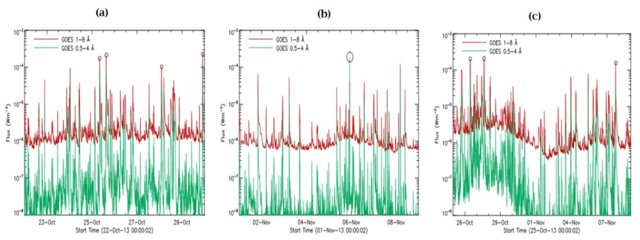
Disk halos are likely to arrive at Earth and cause geomagnetic storms, while limb halos only impact Earth with their flanks and hence are less geoeffective. Secondly, every CME has its own initial speed that will change by the time it reaches Earth because of interactions with the local solar wind speed (which is known as the arrival time problem). In the interplanetary medium, the CME went through acceleration and deceleration due to solar wind speed and finally come to speed nearly equal to speed of solar wind. But as we know that the speed of solar wind shows variation during the 11 year period of solar cycle. Finally, the direction of the magnetic fields within a CME plays an important role in driving space weather effects at Earth – the most geoeffective structures are those that are pointing southward of the ecliptic plane, because they interact the most with Earth’s intrinsic magnetic field, opening it to dangerous particles and radiation. This problem is known as the BZ problem (where Z indicates the north–south component).
The problems related to space weather forecasting of CMEs are not over yet! When CMEs are detected in situ, they are often accompanied by so-called interplanetary shocks ahead of them. The region of shocked and compressed solar wind that lies between a shock and an ICME ejecta (flux-rope or not) is known as the sheath region. Sheath regions can be powerful drivers of geomagnetic storms themselves, but they are (if possible) even more challenging to forecast than CMEs, especially because of their turbulent and variable nature.
A large part of my PhD studies has been centred on determining the features of early evolution of CMEs from its eruption site on solar atmosphere (active regions). Thesis includes comprehensive investigations of propagation characteristics of coronal mass ejections (CMEs) in the solar corona and interplanetary medium along with explorations of solar source regions of CMEs and flares with their interplanetary consequences and geo effectiveness. For this purpose, I carried out an analysis of multiwavelength, multi-instrument, multi-point observations of solar activity as well as interplanetary observations with the help of data obtained from space and Earth-based instruments as well. It is clear that many questions are still open in CME research and forecasting, but I am positive that the next few years will be filled with exciting new discoveries (especially with the recently launched NASA’s Parker Solar Probe spacecraft and the future ISRO’s Aditya L1 and ESA’s Solar Orbiter mission). Below you can find my doctoral dissertation and its included publications:
Find more about her work at:
https://shodhganga.inflibnet.ac.in/handle/10603/303830
https://www.researchgate.net/profile/Shirsh-Soni

Dr. Shirsh Lata Soni, Research Scholar (Astronomy and Solar terrestrial Physics) SAS-10 CSSTEAP (UN Course / ISRO) A.P.S. University Rewa, MP, India
